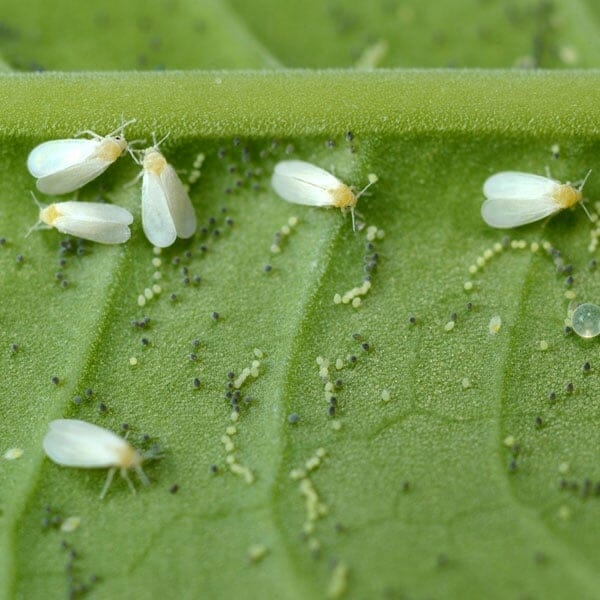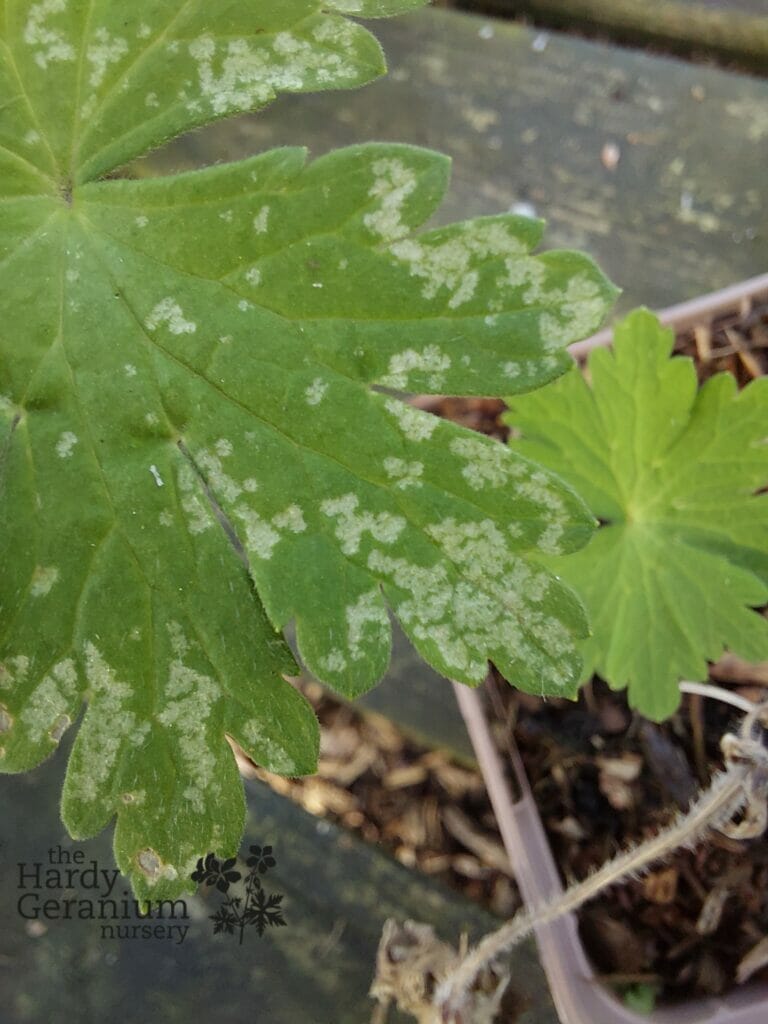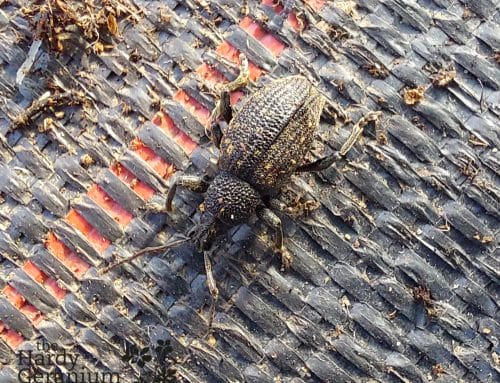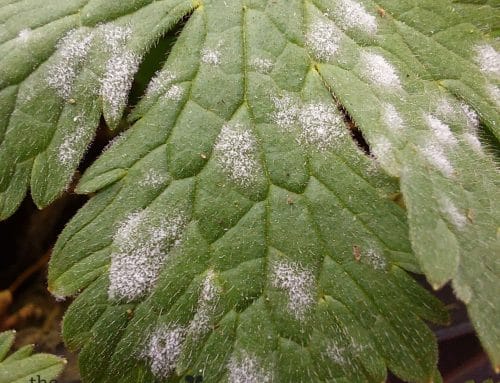Glasshouse whitefly, also known as Trialeurodes vaporariorum, is a common pest that can be found in greenhouses, conservatories, and on indoor plants. These small, winged insects are about 2mm in size and have a white, waxy coating on their wings. They are known to cause damage to a wide variety of plants, including tomatoes, cucumbers, peppers, and ornamentals such as ficus, poinsettia, and hibiscus.
Glasshouse whiteflies feed on the sap of plants, which can cause wilting, yellowing, and stunting of the plant. They also excrete a sticky, sugary substance known as honeydew, which can attract sooty mould and other secondary pests.
Controlling glasshouse whiteflies can be challenging, but there are several methods that can be effective. Cultural control methods such as sanitation and keeping the greenhouse clean can help to reduce the population of glasshouse whiteflies by removing potential breeding sites and food sources.
Beneficial insects such as ladybirds and parasitic wasps can also be used to control glasshouse whiteflies. These insects can help to reduce the population of glasshouse whiteflies by preying on the eggs and larvae.
Yellow sticky traps can be used primarily as a way of monitoring infestations and secondarily as a way of controlling adults.
Another method of control is to use insecticidal soaps or horticultural oils to block spiracles (breathing holes) and suffocate the glasshouse whiteflies. These products should be applied directly to the infested plants and should be reapplied every 7-10 days for best results.
Chemical control is another option for controlling glasshouse whiteflies, but it should be used with caution. There are several insecticides that can be used, but it is important to choose one that is specifically labelled for use against glasshouse whiteflies and to follow all label instructions carefully. Always read the label and follow the safety and application guidelines.
It’s important to note that chemical control should be used as a last resort and integrated pest management (IPM) approach is recommended which includes the combination of physical, cultural, and biological methods as well as chemical treatment when necessary. In addition, it is important to closely monitor the infestation.

These small, winged insects are about 2mm in size and quite hard to see, until disturbed.
Picture credit:

Damage caused by sap sucking Glass House Whitefly
Article written in association with ChatGPT




